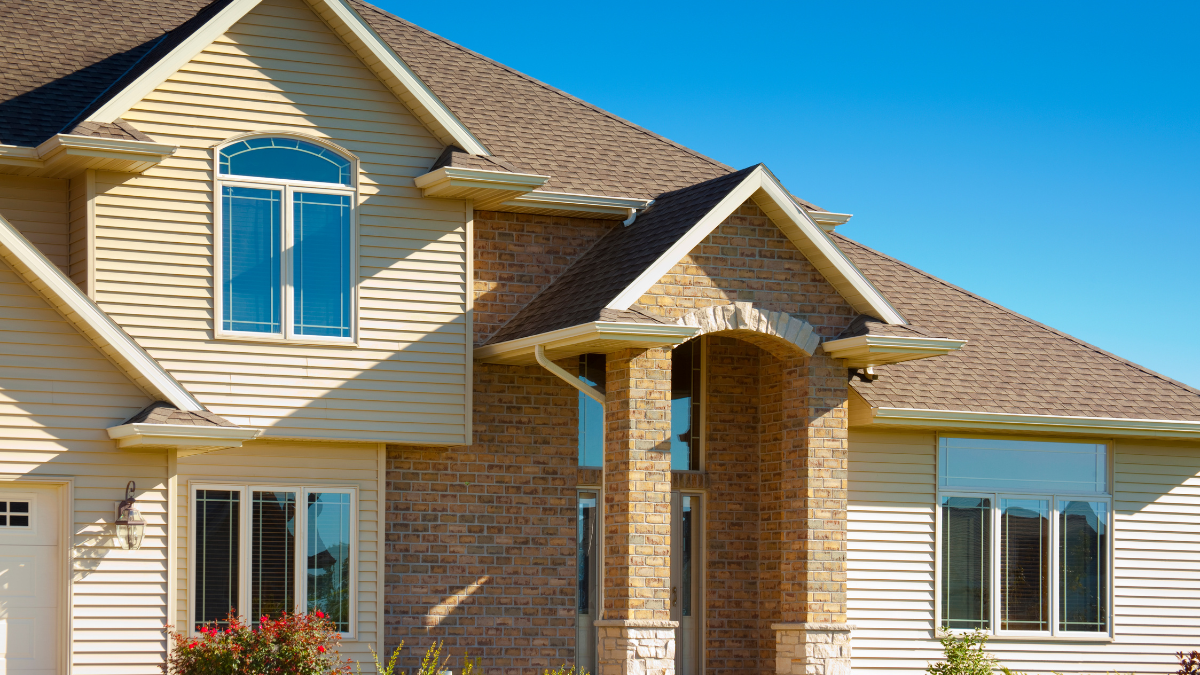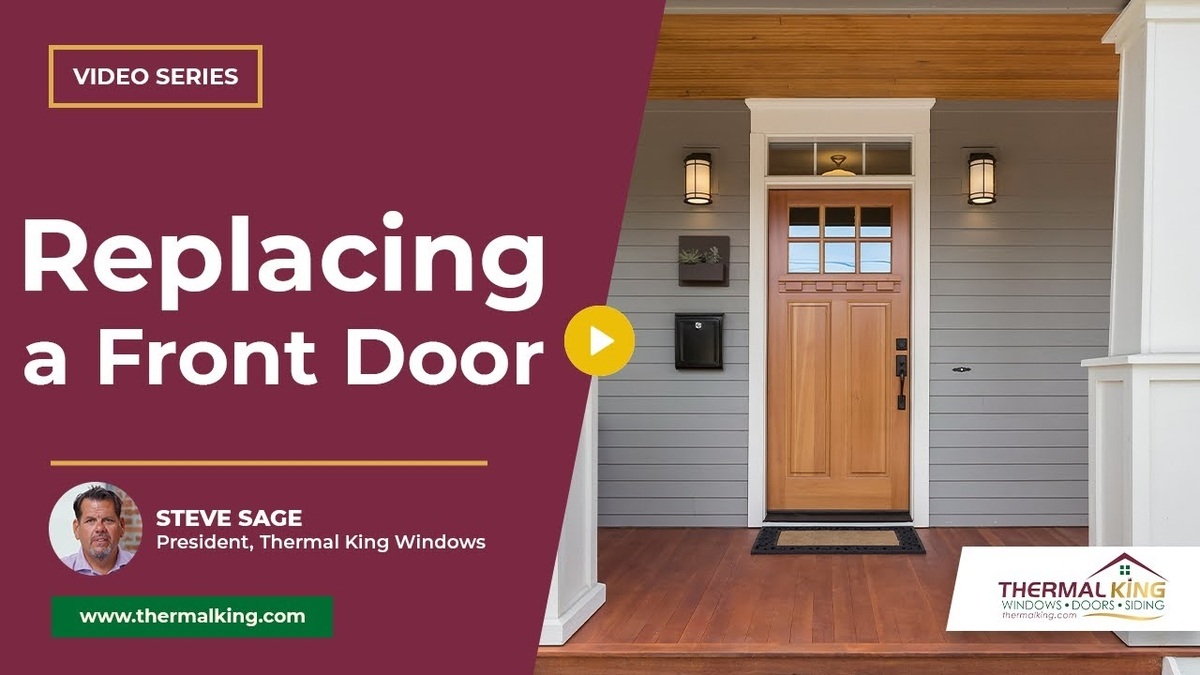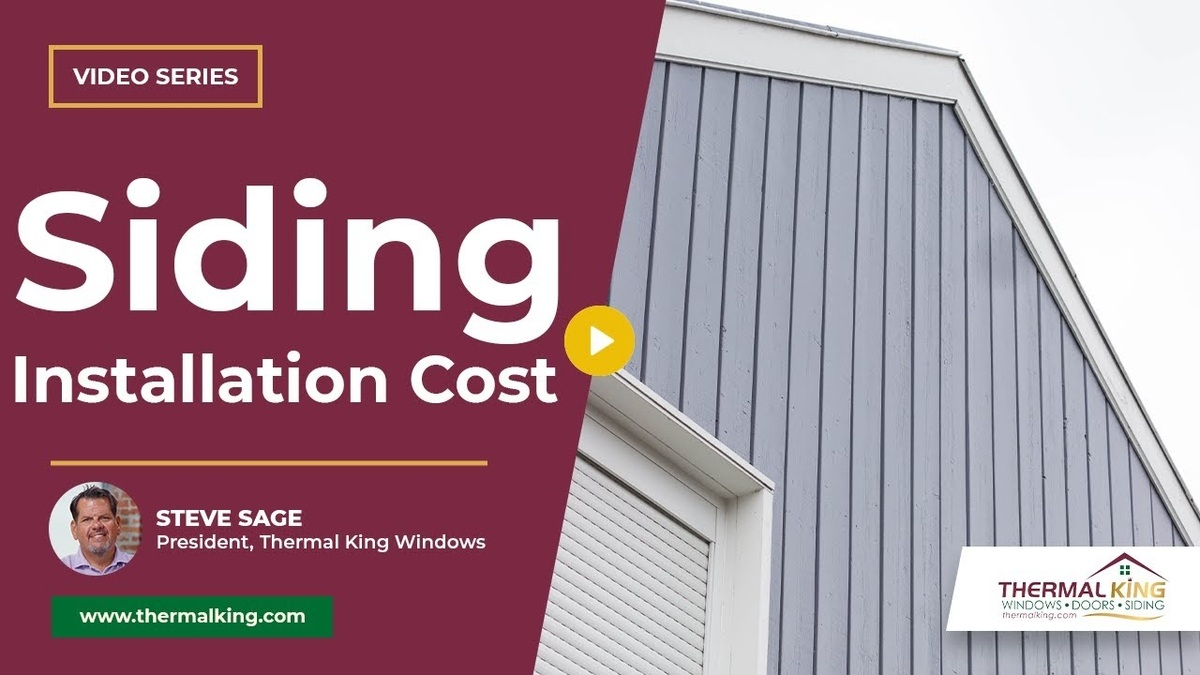When it comes to home improvement projects, siding often ranks high on the list of potential upgrades. Whether you’re looking to boost curb appeal, improve energy efficiency, or protect your home from the elements, new siding can seem like an attractive option. But is new siding truly a good investment? This article explores the benefits, costs, and long-term value of installing new siding to help homeowners make an informed decision.
Understanding the Purpose of Siding
Siding serves as the exterior skin of your home, acting as a protective barrier against weather, pests, and physical damage. It also plays a crucial role in the home’s aesthetic appeal, influencing first impressions and overall property value.
Beyond looks, siding contributes to your home’s insulation and energy efficiency. Modern siding materials can help reduce heat loss in winter and keep interiors cooler in summer, potentially lowering utility bills. Insulated siding options are available that can further enhance energy efficiency, providing an additional layer of protection that helps maintain a consistent indoor temperature throughout the year.
The Role of Siding in Home Protection
Homes face constant exposure to rain, wind, sun, and fluctuating temperatures. Quality siding prevents moisture from penetrating the walls, which can cause mold, rot, and structural damage. Additionally, siding can deter insects and pests that might otherwise find their way inside. Some siding materials, like vinyl and fiber cement, are specifically designed to withstand harsh weather conditions, ensuring that your home remains safe and secure against the elements.
Older or damaged siding may not offer the same level of protection, leading to costly repairs down the line. Replacing worn siding can therefore be seen as a preventative investment in the home’s longevity. Furthermore, certain types of siding, such as wood, require regular maintenance and treatment to preserve their integrity, while others, like metal or vinyl, can provide a more durable, low-maintenance solution that stands the test of time.
Enhancing Curb Appeal and Marketability
First impressions matter, especially when selling a home. New siding can dramatically improve a home’s exterior appearance, making it look fresh, modern, and well-maintained. This can increase the home’s marketability and potentially lead to a quicker sale at a higher price. The variety of siding materials available today, from traditional wood to contemporary metal and vinyl, allows homeowners to choose a style that complements their architectural design and personal taste, further enhancing the visual appeal of their property.
According to the 2023 Remodeling Impact Report by the National Association of Realtors, homeowners can expect to recoup approximately 76% of the cost of new siding upon resale, making it one of the more cost-effective exterior upgrades. Additionally, the right choice of color and texture can not only elevate the aesthetic but also reflect current design trends, making your home more attractive to potential buyers. Investing in high-quality siding can also provide peace of mind, knowing that your home is not only beautiful but also well-protected against the elements and potential buyers’ scrutiny.
Types of Siding and Their Investment Value
Not all siding materials are created equal. The type of siding you choose will significantly affect the initial cost, maintenance requirements, durability, and return on investment (ROI).
Vinyl Siding
Vinyl siding is one of the most popular choices due to its affordability, low maintenance, and wide range of colors and styles.
Vinyl siding can last 20 to 40 years and resists fading, cracking, and pests. Its ROI is generally strong, with many homeowners recouping around 75% to 80% of the installation cost when selling the home. Additionally, vinyl siding is often manufactured with energy efficiency in mind, as many products come with insulation backing that can help reduce heating and cooling costs, making it an attractive option for budget-conscious homeowners.
Fiber Cement Siding
Fiber cement siding, made from a mixture of cement, sand, and cellulose fibers, offers superior durability and a high-end appearance. It can mimic the look of wood, stucco, or masonry and is fire-resistant and pest-proof.
Though the upfront cost is higher it tends to have a longer lifespan (up to 50 years) and a strong ROI, with some estimates suggesting up to 85% cost recovery at resale. Moreover, fiber cement siding is known for its ability to withstand extreme weather conditions, making it a favored choice in regions prone to hurricanes or heavy snowfall. Its low maintenance requirements, such as occasional painting every decade or so, further enhance its appeal for homeowners looking for longevity without the hassle.
Other Materials: Metal, Stucco, and Engineered Wood
Metal siding, such as aluminum or steel, offers durability and a modern aesthetic but can be prone to dents and corrosion. Stucco is common in certain regions and provides a unique textured finish but requires proper installation and maintenance.
Engineered wood siding combines the look of real wood with enhanced durability and lower maintenance. Costs and ROI vary, but it often falls between vinyl and fiber cement in terms of price and longevity. Engineered wood is designed to resist warping and splitting, making it a reliable choice for homeowners seeking the beauty of wood without the associated upkeep. Furthermore, many engineered wood products are treated with advanced coatings that enhance their resistance to moisture and pests, ensuring that they maintain their appearance and structural integrity over time, thus providing a solid investment for the future.
Financial Considerations: Costs vs. Long-Term Value
Investing in new siding involves upfront costs, but the long-term financial benefits can be substantial. Understanding these factors helps homeowners weigh whether siding replacement is a worthwhile expenditure.
Installation Costs and Budgeting
The total cost of siding replacement depends on material choice, home size, labor rates, and any necessary repairs to the underlying structure. On average, homeowners spend between $7,000 and $20,000 on siding projects.
It’s important to get multiple quotes from reputable contractors and factor in additional costs such as removal of old siding, insulation upgrades, and permits.
Energy Savings and Utility Bills
New siding, especially when combined with improved insulation, can reduce heating and cooling costs by up to 20%. According to the U.S. Department of Energy, properly insulated walls can save homeowners hundreds of dollars annually in energy expenses.
These savings accumulate over time, effectively lowering the total cost of the siding investment.
Impact on Home Value and Resale Potential
Real estate experts agree that new siding enhances a home’s resale value. A well-maintained exterior signals to buyers that the home has been cared for, reducing perceived risk.
Homes with updated siding often sell faster and at prices closer to or above asking price. In competitive markets, this can make a significant difference in net proceeds from a sale.
Non-Financial Benefits of New Siding
While financial factors are critical, new siding also offers several intangible benefits that improve quality of life for homeowners.
Improved Comfort and Indoor Air Quality
New siding can help regulate indoor temperatures by reducing drafts and moisture infiltration. This creates a more comfortable living environment year-round.
Additionally, by preventing moisture buildup, siding helps reduce the risk of mold growth, which can negatively affect indoor air quality and health.
Reduced Maintenance and Peace of Mind
Older siding often requires frequent repairs, painting, or cleaning. New siding materials, particularly vinyl and fiber cement, are designed to be low-maintenance, freeing homeowners from ongoing upkeep tasks.
This convenience translates to peace of mind and more time to enjoy the home rather than constantly managing exterior issues.
Environmental Considerations
Many modern siding options are made from sustainable or recyclable materials. Additionally, improved insulation reduces energy consumption, lowering the home’s carbon footprint.
Choosing eco-friendly siding can align with broader environmental goals and may qualify homeowners for certain incentives or rebates.
When to Replace Siding: Signs and Timing
Knowing when to invest in new siding is just as important as deciding whether to do so. Timely replacement can prevent more costly damage and maximize the benefits.
Visible Damage and Wear
Cracks, warping, fading, and holes are clear indicators that siding may need replacement. Peeling paint or signs of water damage on interior walls can also signal exterior issues.
If siding is more than 20-30 years old, it’s wise to have a professional inspection to assess its condition and potential risks.
Energy Inefficiency and Drafts
If heating or cooling bills have been rising despite no changes in usage, poor siding insulation may be to blame. Drafts or cold spots near walls can also indicate failing siding or insulation.
Upgrading siding with better insulating properties can address these issues effectively.
Preparing to Sell Your Home
Homeowners planning to sell within the next few years should consider siding replacement as part of their pre-sale improvements. Fresh siding can increase curb appeal and justify a higher asking price.
Consulting with a real estate agent can help determine if siding replacement is a strategic move in your local market.
Conclusion: Is New Siding Worth It?
New siding represents a significant investment, but one that often pays dividends in both financial and lifestyle terms. From enhancing curb appeal and increasing home value to improving energy efficiency and providing lasting protection, siding replacement offers multiple benefits.
Siding can transform the look of your home. But it’s important to understand that installation is just as important as choosing the right siding.
The experts at Thermal King have over two decades of experience! Only trust your siding to the best. Contact us today to schedule your free consultation.




